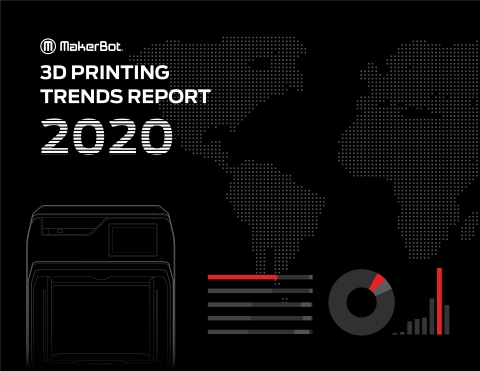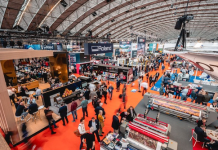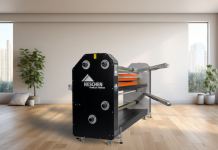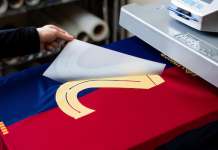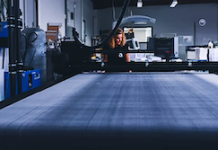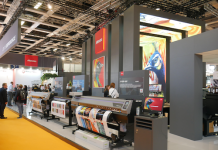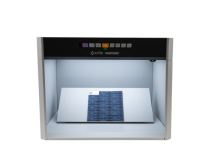Findings from MakerBot’s new 3D Printing Trends Report signal mounting confidence in 3D printing’s ability to transform business operations.
MakerBot’s report includes over 1200 responses from professionals across multiple industries, including aerospace, industrial goods, military and defence, medical, and automotive. Key findings in the report reveal that nearly three quarters (74%) of respondents are planning to invest in 3D printing technology in 2021, with 50% planning to spend up to R1.6 million ($100,000).
‘These findings confirm the potential of 3D printing to transform business operations,’ said Nadav Goshen, CEO, MakerBot. ‘When faced with the kind of challenges that businesses have had to contend with over the last 12 months, it is not unusual to see them cut all but the most critical capital expenditure. However, this is clearly not the case with 3D printing. While Covid-19 impacted the business operations of nearly 70% of the respondents, 56% said that it did not impact their investment plans in 3D printing. In fact, when respondents were asked what their investment plans were for next year, 74% stated that they still had plans to invest in 3D printing. This is an incredibly positive response which, we believe, signals growing confidence in 3D printing’s ability to improve resilience, responsiveness and, ultimately, the profitability of business operations.’
Key findings of the report include:
Customisation is the number one reason respondents use 3D printing. Respondents wanted the ability to create custom, low-to-mid-volume production parts (68%) and print complex geometries (57%). However, 3D printing continues to play a much bigger role in the research and design phases. Concept modelling (70%), functional prototypes (66%), and research and development (44%) were the main applications for respondents.
Print quality and printer performance are top factors when choosing a 3D printer. A printer is only as good as its 3D printed parts. Respondents stated that dimensional accuracy (61%) and reliability (65%) are the top factors influencing their printer selections.
While there are a variety of 3D printing technologies, Fused Deposition Modelling (FDM®) remains the most frequently used. The majority of respondents (77%) use FDM/FFF 3D printers in their repertoire, while 27% use Stereolithography Apparatus (SLA) technology. Unsurprisingly, plastics (93%) and resins (25%) were the main materials used.
Costs and technical expertise are major barriers to implementing 3D printing. 53% of respondents say that lack of budget is preventing them from fully using 3D printing, while 29% cite lack of technical expertise.
Respondents expect the technology, materials and applications to develop over the next 3-5 years. 61% of respondents expect more materials to emerge, while 58% expect the cost of using the technology to decrease.
‘3D printing has come a long way since the early days of the technology in the 1980s. But as the technology moves from prototyping to production, we expect to see the expansion of its use and applications to continue to grow at an exponential rate. As a supplier, we believe it is our responsibility to look at these behaviours to better understand the needs of users and, thus, be able to deliver better products and services,’ added Goshen.
Other findings in the report included the following:
Professional desktop 3D printers that offer the capabilities of an industrial 3D printer are now available, but at a fraction of the cost and size. As a result, 3D printing has found its way into smaller manufacturers, machine shops and businesses, giving them a chance to be more competitive.
Mass manufacturing has yet to arrive for 3D printing, but it can be used alongside other traditional production methods. In fact, the majority of the respondents use one or more manufacturing tools in addition to their 3D printers.
Businesses still plan to invest heavily in 3D printing, even as the global health pandemic continues to disrupt lives. The pandemic brought with it a global health crisis, supply chain shut downs, and a massive shortage of medical supplies and personal protection equipment. However, in times of need, people tend to become innovative to solve a problem. 3D printing stepped out from the shadows and into the spotlight to support on-demand production of these critical supplies. Click here for the full report.
MAKERBOT
https://www.makerbot.com


